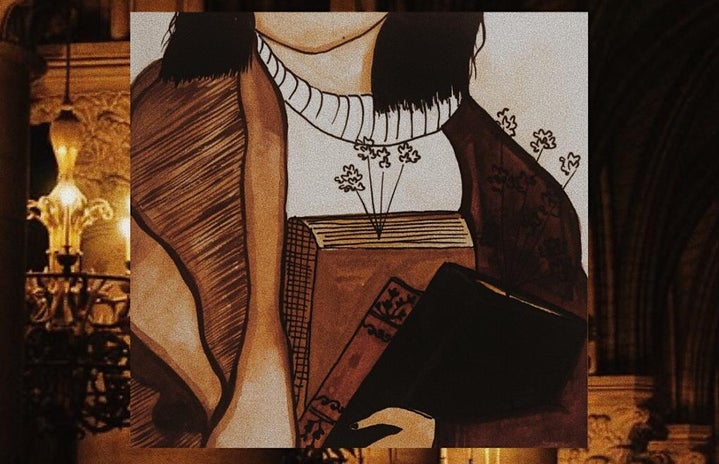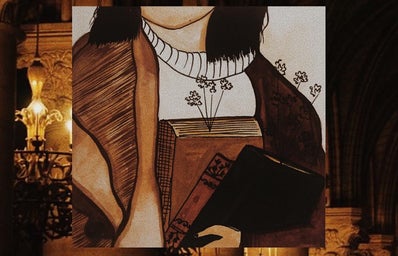Edited by Aneesha Chandra
If you’ve been active on the socials in the past couple of months, it is highly unlikely that this term is entirely alien to you. Hereby, I take full pleasure (read: guilty pleasure) in welcoming you into the world of Dark Academia! Urban dictionary defines it as “an aesthetic that is inspired by old and classic literature/philosophy, as well as themes of existentialism and death (essentially a knowledgeable, vintage emo)”. Frankly, the definition does sum it up perfectly. But why has there been a sudden surge in the popularity of this subculture aesthetic? If you ask me, it could be, in some sense, an antidote to the absence of a university environment and in-person educational environment — the longing for which has increasingly heightened now that we find ourselves unable to indulge in it (all thanks to the global pandemic!).
The definition of ‘cool’ has kept changing throughout the world over different periods of time. For the period of industrial revolution, bourgeoise-like traits — largely characterized by elitism and literacy — were in some sense, ‘cool’ and hence, aspirational. But when I was growing up, at least in high school, having fun (partying, playing, and other activities, particularly restricted to those who could afford to indulge in them owing to their privilege), rather than spending an extensive amount of time studying was ‘cool’. Consequently, seeing a subculture romanticizing academia and indulgence in reading, writing, learning, and studying, was a rather welcome change. Hello to the new cool! As someone who was born in the late 90s, grew up watching Disney movies and was surrounded by European cultural aspirations (yes, our colonial association with them is still fairly recent) through pop culture, my affinity towards it, and resonation with it was obvious.
Dark academia finally gave us introverts and bibliophiles our moment to shine and be cool(*screams in introvert*)! It is characterized by nostalgia for a time before the technological reign. However, it is necessary to acknowledge the ‘Dark’ part of Dark Academia. This subculture overly fixates on the Eurocentric features of aesthetics and romanticizes the living choices available only to the elites. The 19th and 20th century lifestyle of students at private schools, boarding schools, prep schools and ivy leagues? Nah, that’s a very inaccessible (or elite) lifestyle even by today’s standards! Besides, leather-bound books, tweed coats, and oxford loafers? Sounds pretty English to me. It does seem to exclude all forms of academia and literature beyond classic English. So indeed, the aesthetic is quite Eurocentric. Lucky for us, people speedily came up to fix these shortcomings in the aesthetic. Dark Academia has slowly started incorporating and diversifying into Indian, Muslim, Chinese and other cultures, although not as pervasively as English.
As Kristen Bateman says in her New York Times article titled ‘Academia Lives — On TikTok’, one of the main reasons why dark academia increasingly gained popularity is because, unlike most other internet subcultures, it is more approachable aesthetically and encourages gender fluidity. Being a part of the Dark Academia aesthetic doesn’t require you to have access to a country house, a field of flowers, a big kitchen for baking, or an expensive prairie dress. In fact, most dark academia fans can usually be spotted buying their vintage clothing at thrift shops or strolling in a secondhand book store. As for me, I love how dark academia doesn’t expect you to have a beautiful expanse at your disposal to belong to the community; all you need is a cozy nook or corner, and us introvert’s favorite companion: books! The dark and witchy feel of this aesthetic subculture keeps me going as I eagerly await autumn (cozy, scented candles, crisp air: everything). This article was your golden ticket — now you’ve entered the world of literary mystique and romanticization; it’s crazy, you’ll love it. Welcome to the community (read: cult)!



